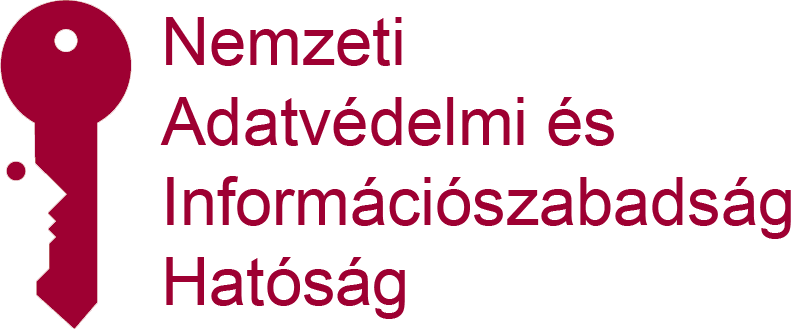Over the last three decades, the EU has guaranteed security within the Schengen area by relying on a set of large-scale IT systems deployed at its external borders. Currently, the EU and its Member States have three large-scale IT systems - the Schengen Information System (SIS); the European Dactyloscopy Database (Eurodac); the Visa Information System (VIS). Soon, three other large-scale IT systems will be implemented, namely: the Entry/Exit System (EES); the European Travel Information and Authorisation System (ETIAS), and the European Criminal Records Information System on Third-Country Nationals (ECRIS-TCN).
The systems were developed over time independently for different purposes. Information is stored separately in various systems that are rarely inter-connected. As a result, relevant national authorities (border guards, customs authorities, police officers and judicial authorities) might have difficultly making connections between pieces of information, to get a clear picture. In its Communication of 6 April 2016 on Stronger and Smarter Information Systems for Borders and Security, the European Commission underlined the need to improve the Union’s data management architecture for border management and security purposes. On these bases, the EU adopted a framework for the interoperability between the Union’s large-scale IT systems in the field of borders, visa, police and judicial cooperation, asylum and migration. Regulations 817 and 818 of 2019 established this framework. They aim to improve checks at the EU’s external borders, allow for better detection of security threats and identity fraud and help in preventing and combating illegal immigration.
The proposed measures will not lead to an increase in the collection of new data. They provide a targeted and intelligent way of using existing information held in EU systems to the best effect, in full respect of data protection safeguards.
The regulations set up the following interoperability components:
- a European search portal allowing competent authorities to search multiple information systems simultaneously, using both biographical and biometric data;
- a shared biometric matching service enabling the searching and comparing of biometric data (fingerprints and facial images) from several EU information systems;
- a common identity repository containing biographical and biometric data of non-EU nationals available in several EU information systems;
- a multiple identity detector enabling the detection of multiple identities across different EU information systems
The regulations do not change the rights of access to the individual EU information systems, but will ease and improve information-sharing. They provide for a new 2-step approach to grant law enforcement authorities access to the EES, VIS, ETIAS and Eurodac:
- initial searches would be carried out on a ‘hit/no hit’ basis;
- if a ‘hit’ were obtained, law enforcement authorities could then access any further information needed, in line with the respective rules and safeguards.
All EU Member States except Ireland, and four Schengen associated countries (Iceland, Liechtenstein, Norway, and Switzerland) participate in the interoperability Regulations.
The EU Agency for large-scale IT systems, eu-LISA, is responsible for the technical development and operational management of the interoperability infrastructure.
The technical elements of the interoperability framework are currently under development.
Additional Information:
- Q&A: Interoperability of EU information systems for security, border and migration management
- Factsheet: Security Union - Closing the information gap
- Interoperability Information Leaflet


